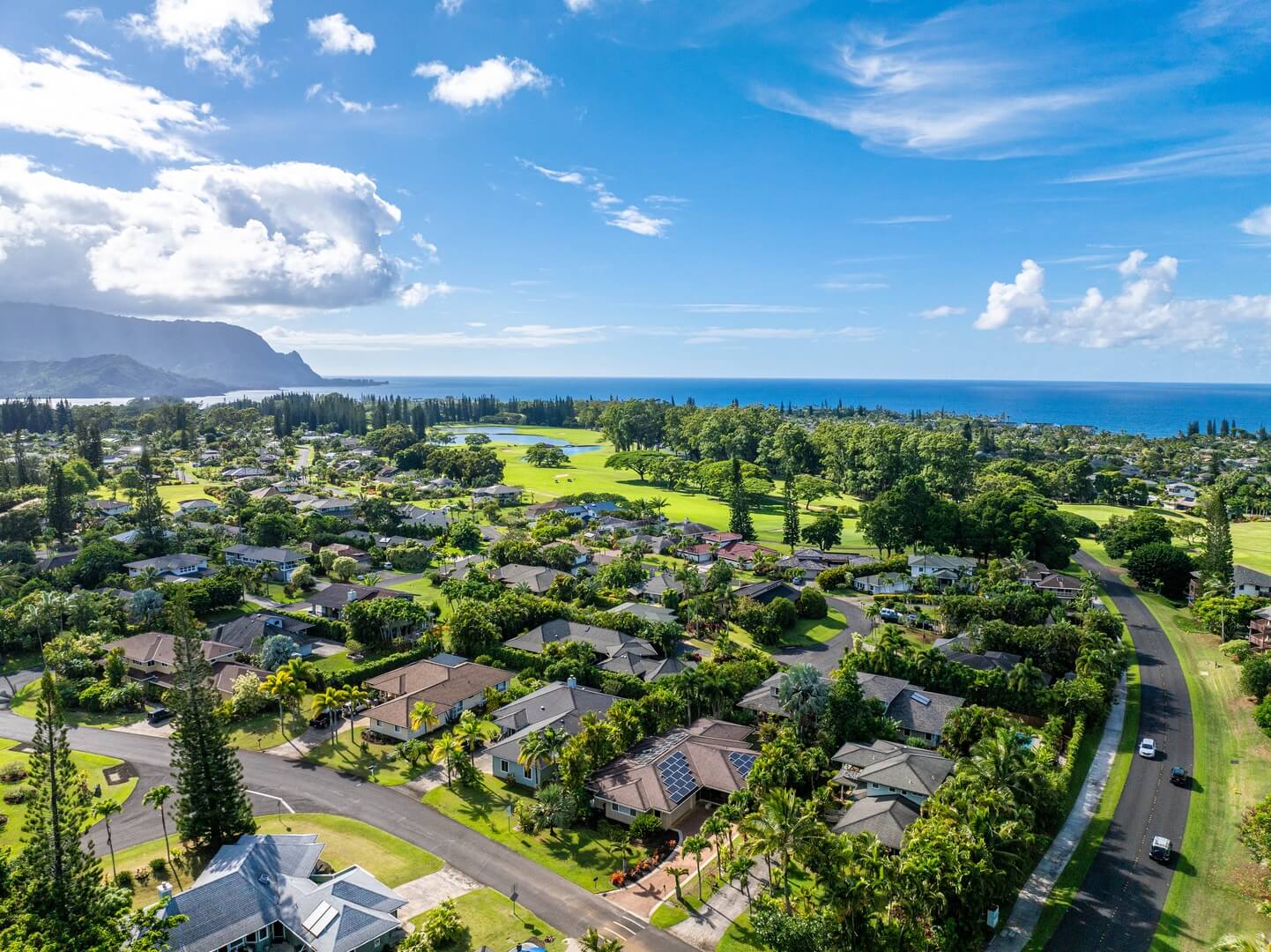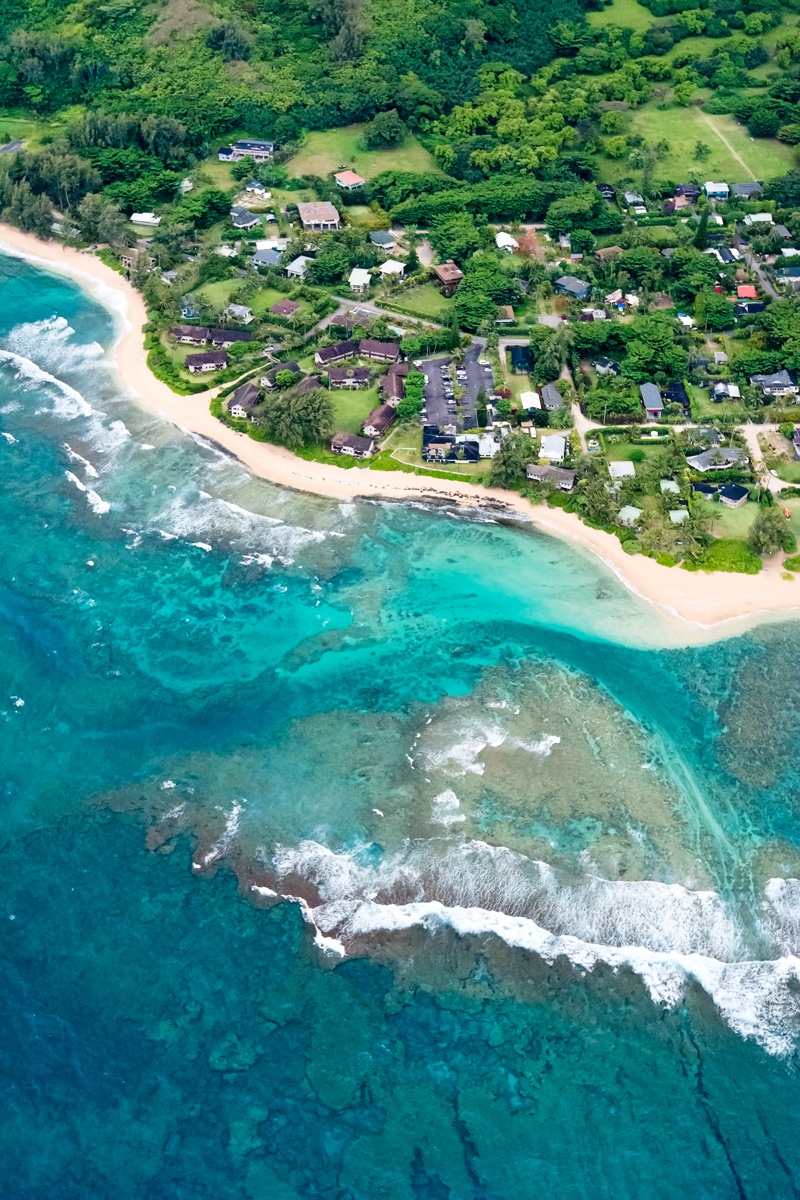Understanding Kauai’s VDA
Understanding Kauai’s Visitor Destination Area (VDA):
A Guide for Property Owners and Investors
If you’re considering buying or selling property on Kauai, or perhaps already own a slice of this paradise, you’ve likely come across the term “Visitor Destination Area” or VDA. It’s a key piece of the island’s real estate puzzle, especially for those interested in vacation rentals. So, what exactly is the VDA, and why does it matter? Let’s break it down in a way that’s easy to digest.

What is the VDA?
Kauai’s Visitor Destination Area refers to specific zones where short-term vacation rentals—those lasting less than 180 days—are legally allowed.
These areas are primarily clustered in popular spots like Princeville on the North Shore, Poipu on the South Shore, and parts of Kapaa and Lihue on the East Side. The County of Kauai created these zones to balance the needs of tourism with the preservation of residential communities and the local housing supply.
Outside the VDA, short-term rentals are heavily restricted. Properties in non-VDA zones can only operate as vacation rentals if they have a rare Transient Vacation Rental (TVR) nonconforming use permit. Here’s the catch: no new permits have been issued since 2008, so those existing ones are like gold dust—valuable and hard to come by.
Why Does the VDA Exist?
Kauai isn’t just a pretty face; it’s a community with real challenges, like a shortage of affordable long-term housing. The VDA system was designed to address this by concentrating vacation rentals in designated tourist-friendly areas. This helps prevent entire neighborhoods from turning into “Airbnb farms,” ensuring locals have places to live while still welcoming visitors who fuel the island’s economy. It’s a delicate dance between tourism and sustainability, and the VDA is Kauai’s choreography.
What It Means for Property Owners and Investors
For current or prospective property owners, the VDA is a game-changer. Here is how:
Inside the VDA: If your property is in a VDA, you’re in luck. You can legally rent it out short-term, tapping into Kauai’s year-round tourism market. This can mean serious rental income, especially in high-demand areas like Poipu or Princeville. Just make sure it’s zoned correctly—always double-check with the County Planning Department or a your trusted realtor with Kauai Exclusive Realty.
Outside the VDA: Without one of those grandfathered TVR permits, you’re limited to long-term rentals (over 180 days) or no renting at all. This might work if you’re looking for a personal retreat or a stable tenant, but it shuts the door on the lucrative vacation rental market.
Investment Value: Properties within the VDA or with a TVR permit often carry a premium because of their income potential. If you’re buying, this could mean a higher upfront cost, but also a stronger return on investment. Sellers, take note: highlighting VDA status or a valid TVR permit can make your listing stand out.

Navigating the Details
The VDA boundaries aren’t always crystal clear—think spot zoning near the Coconut Marketplace in Kapaa or specific condo complexes in Poipu. There’s no perfect map floating around online, so it’s wise to lean on a local expert. A Kauai realtor or the County Planning Department can confirm whether a property qualifies. For owners with a TVR permit outside the VDA, staying compliant is key—renewals are strict, and missing a deadline could mean losing that golden ticket.
Ready to buy or sell on Kauai?
Whether you’re dreaming of a second home that pays for itself or looking to cash in on Kauai’s appeal, understanding the VDA is your first step. It’s all about location and legality—get those right, and you’re set to enjoy the island’s beauty and its benefits.
Have questions or ready to explore buying or selling real estate on Kauai? Contact Kauai Exclusive Realty today—our team, led by expert realtor Lana Papke, is here to answer your questions and guide you every step of the way!

